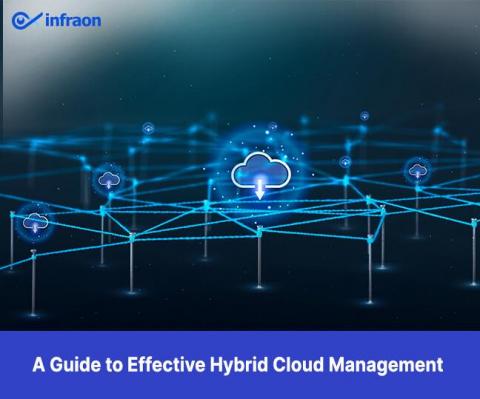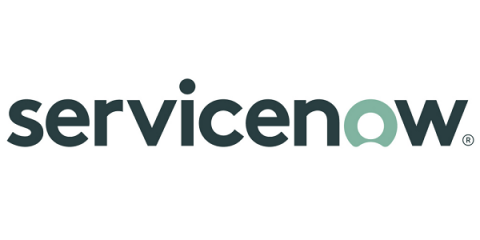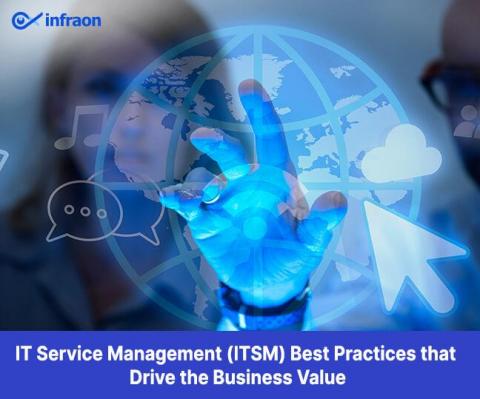Operations | Monitoring | ITSM | DevOps | Cloud
Latest News
Prevent long IT security workdays through collaboration
From surprise zero-day vulnerabilities to new exploits surfacing in the wild, few things ruin an IT security analyst’s after-hours or vacation plans faster than having to work overtime because of a cyberattack. Here’s a glimpse into how the story usually goes at most companies: A horribly bad cybersecurity day The first cup of morning coffee or tea is on your desk.
What is Hybrid Cloud Monitoring?
Why Fixed Asset Management is Important and How to Automate It?
IT Service Management (ITSM) Best Practices that Drive the Business Value
David Cannon on the Future of ITIL: Is the Framework Falling Behind?
Integrating teams, data, and processes to elevate customer loyalty
Being your customer shouldn’t be a lot of work. Customers want easy ways to find you and the answers they need to make the most of what you provide. When that process is smooth and seamless, it creates loyal customers who are more likely to act as de facto ambassadors of your brand. Providing a great experience is one of the primary ways to earn customer loyalty.
Best Proven Technology for Outdoor Asset Tracking
Organizations have this tendency of buying expensive equipment, they think that it enhances the efficiency with which their employee perform their tasks. But they don't keep track of their assets. Maintenance of these costly assets is equally important to keep their efficiency up. Negligence of these tasks can lead to major asset failure, increased downtime, asset misplacement, asset theft, and so on. No organization will want to be in a situation like this.
How to Prevent Ransomware? A Quick Guide to Protect Your Company Data
4 steps to optimize a hybrid work environment
Work is no longer a place. It’s an activity that can and does happen anywhere. As such, it’s given rise to hybrid work, which combines the collaborative atmosphere offices provide with the perks of working remotely. This model gives employees flexibility in their workdays and better work-life balance. It also has the potential to positively affect diversity, equity, and inclusion, according to McKinsey.







